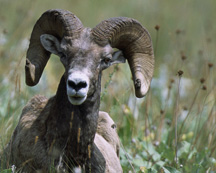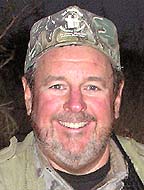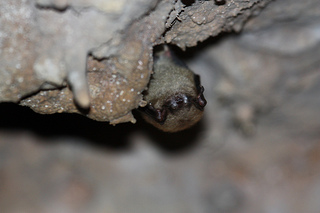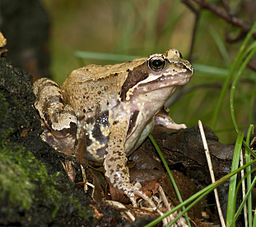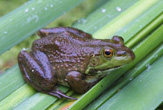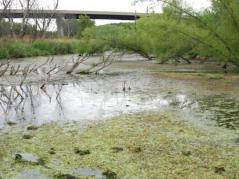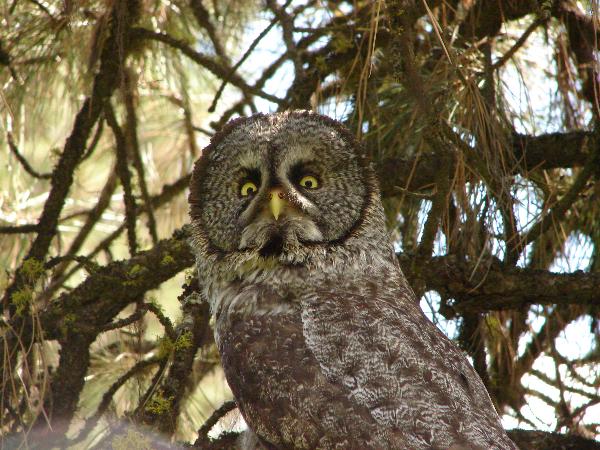 It seems to be Wyoming week here at State Wildlife News. I hope you’ll forgive one more Wyoming story: The Wyoming Game and Fish Department are partnering with Craighead Beringia South, a non-profit research institute (yeah, them again) to study great gray owls in the Teton/Jackson Hole region, an article in the Jackson Hole News and Guide says.
It seems to be Wyoming week here at State Wildlife News. I hope you’ll forgive one more Wyoming story: The Wyoming Game and Fish Department are partnering with Craighead Beringia South, a non-profit research institute (yeah, them again) to study great gray owls in the Teton/Jackson Hole region, an article in the Jackson Hole News and Guide says.
“Great grays are probably the least-studied species of raptor in North America,” says Bryan Bedrosian, a researcher with Craighead Beringia South, in the article.
Up to 12 owls will be fitted with GPS backpacks for the study, which will evaluate a US Forest Service project that will clear brush and remove dead trees in the region.
Read the Jackson Hole News and Guide article here (on the Craighead Beringia South website).
Photo: Great gray owl in Oregon, by Don Virgovic, courtesy US Forest Service

